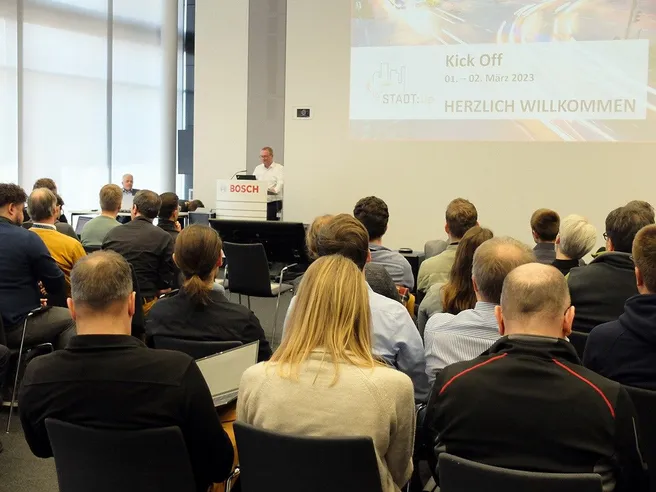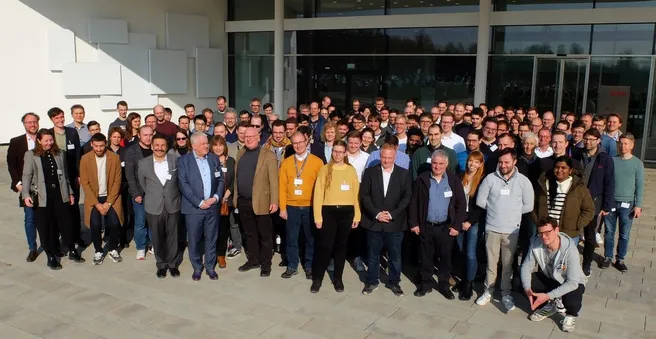We are plunging into the urban jungle! This time in the newly launched project STADT:up, which aims to develop concepts and pilot applications for continuous automated driving in urban areas. STADT:up builds on the research work of the predecessor project @City with the aim of developing and demonstrating tangible driving functions for the most complex traffic scenarios.
The focus is on the implementation of new, AI-based methods and their demonstration in automated driving systems, especially in complex traffic situations. Special consideration is given to vulnerable road users, complex intersections, and automated merging and obstacle avoidance.
STADT:up aims at integrated, scalable solutions for future urban mobility: The vehicles must also be able to safely master complex inner-city traffic scenarios. The solutions are based on individual mobility cases and show the networking for multi-modal mobility. With a view to realistic perspectives of future urban mobility, suitable future concepts are being developed and requirements derived on the basis of user needs.
A strong team of 22 participating automotive companies, suppliers, technology providers and research institutions is taking up this challenge. The project is supported by the Bundesministerium für Wirtschaft und Klimaschutz.
As the Lehrstuhl für Ergonomie/ Human Factors TUM we are pleased to be part of the project and to be involved in many of the topics. Thereby we deal with:
– Concepts and perspectives for future intermodal mobility, involving all stakeholders: Cities, users, research institutions and the automotive industry. Of central importance is the question of how mixed traffic consisting of pedestrians, cyclists, privately or jointly used vehicles and public transport will develop in the future.
– HMI concepts for interaction and communication between users, vehicle and other road users, highlighting the situation-dependent adaptivity of operating concepts as well as the experience-dependent change in user behavior.
– Standardization of a workstation for teleoperation, whereby a technical supervisor is involved in the vehicle guidance task in specific situations.
#automateddriving #urbanmobility
https://lnkd.in/e2T8scQi
Press release: https://lnkd.in/e-yUuMxc
STADT:up

